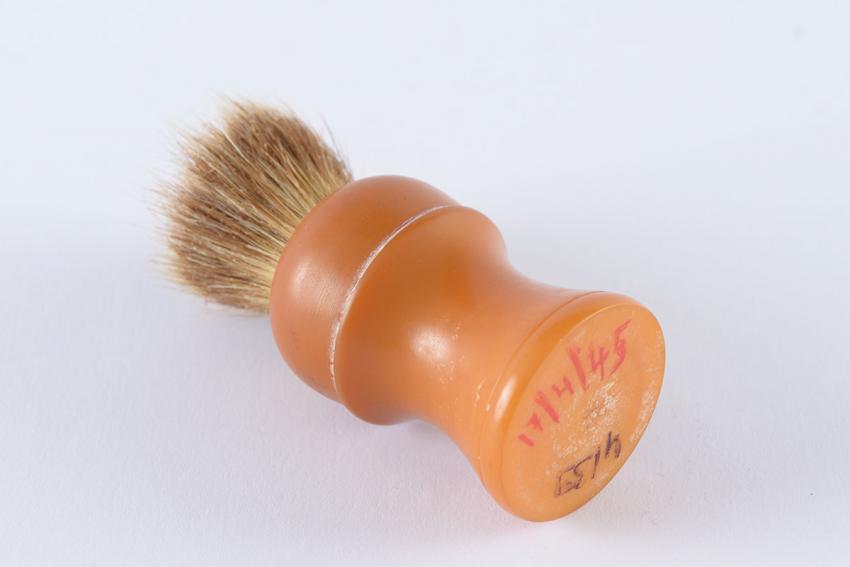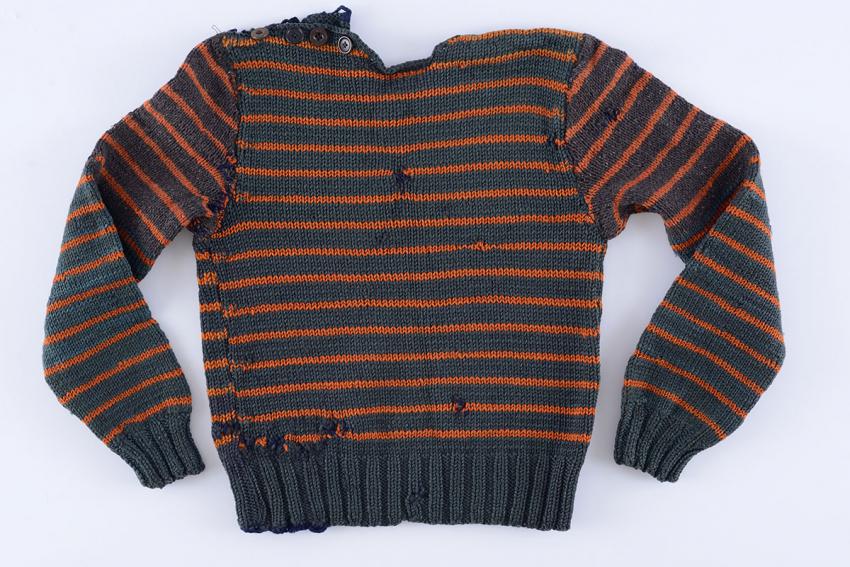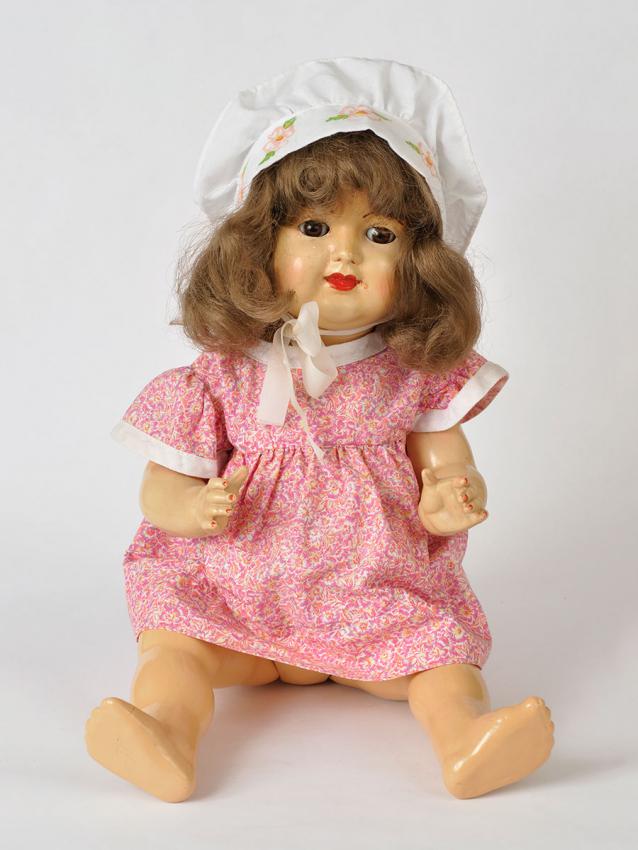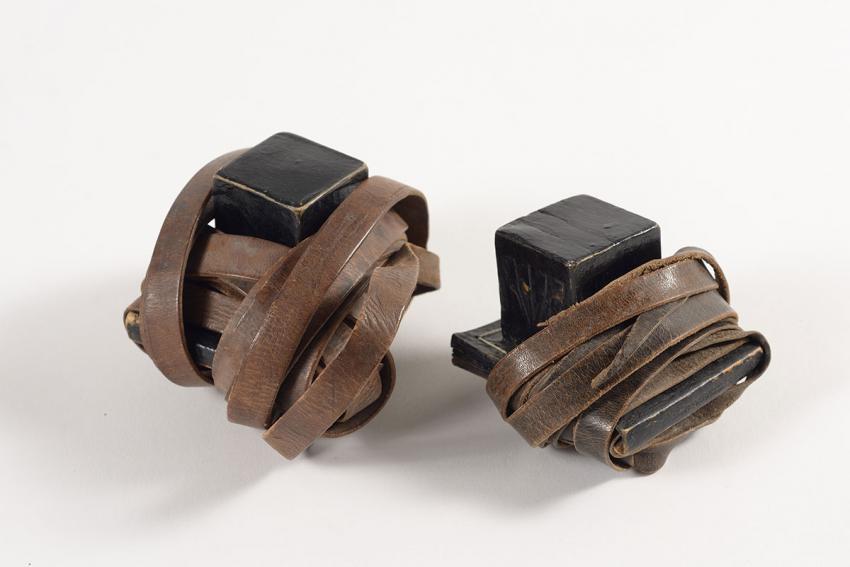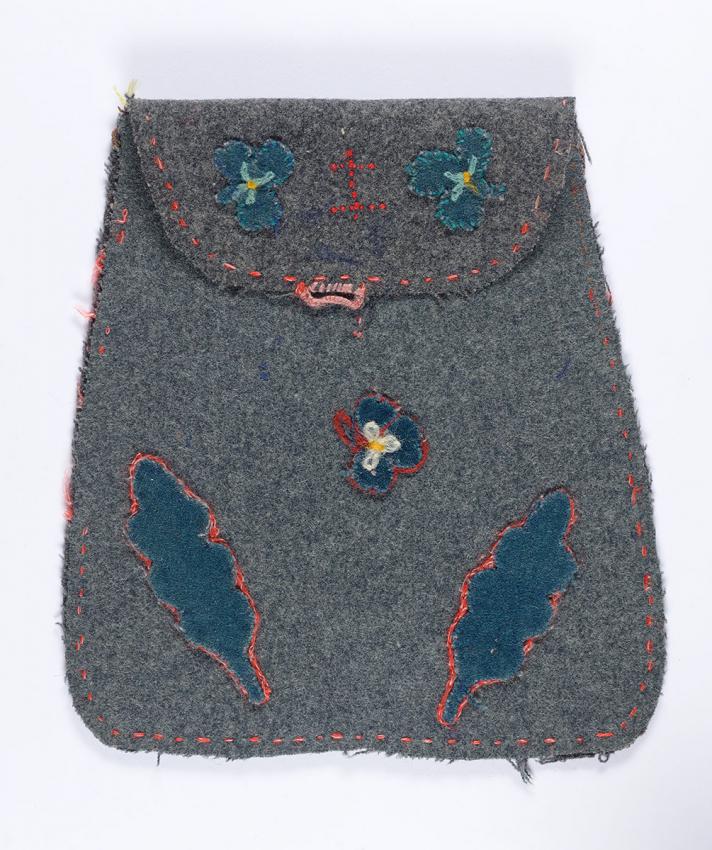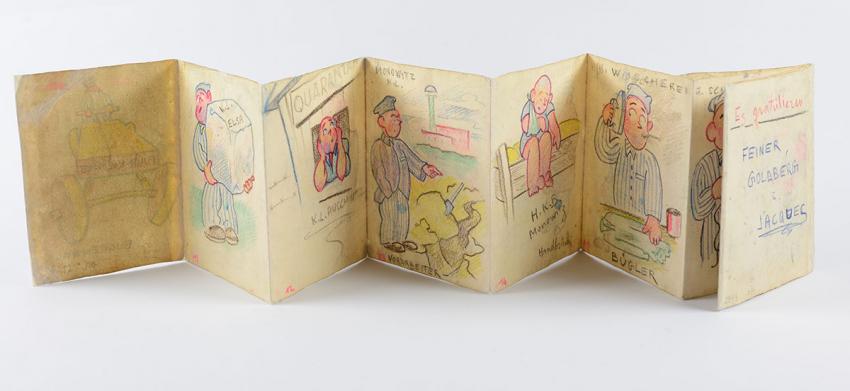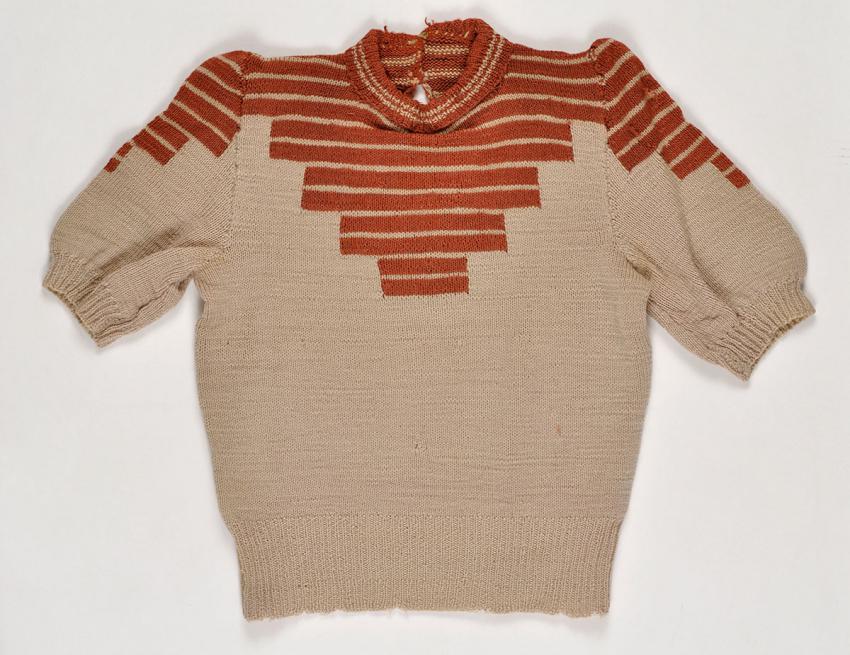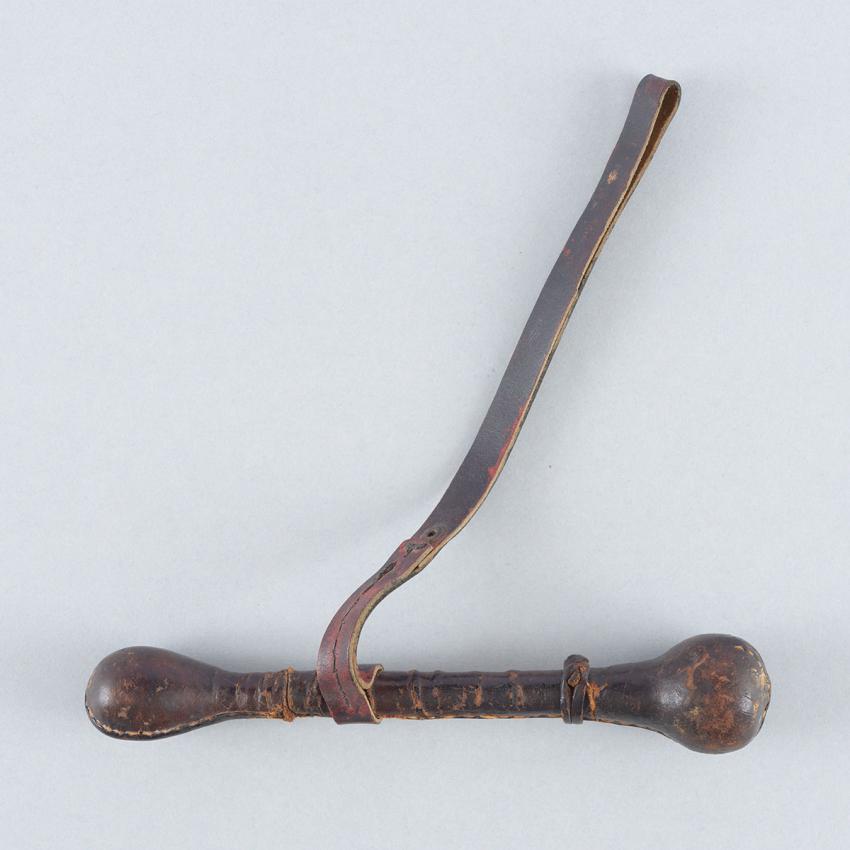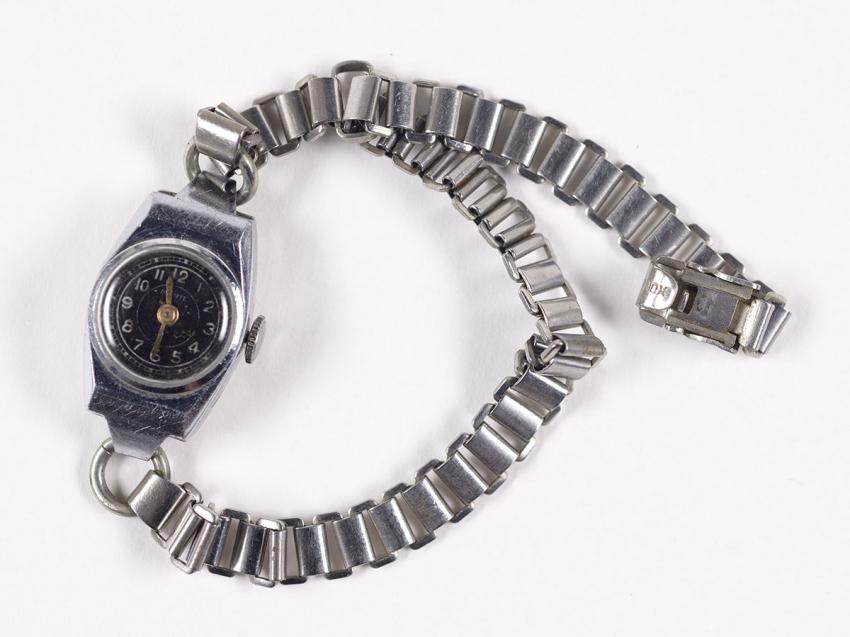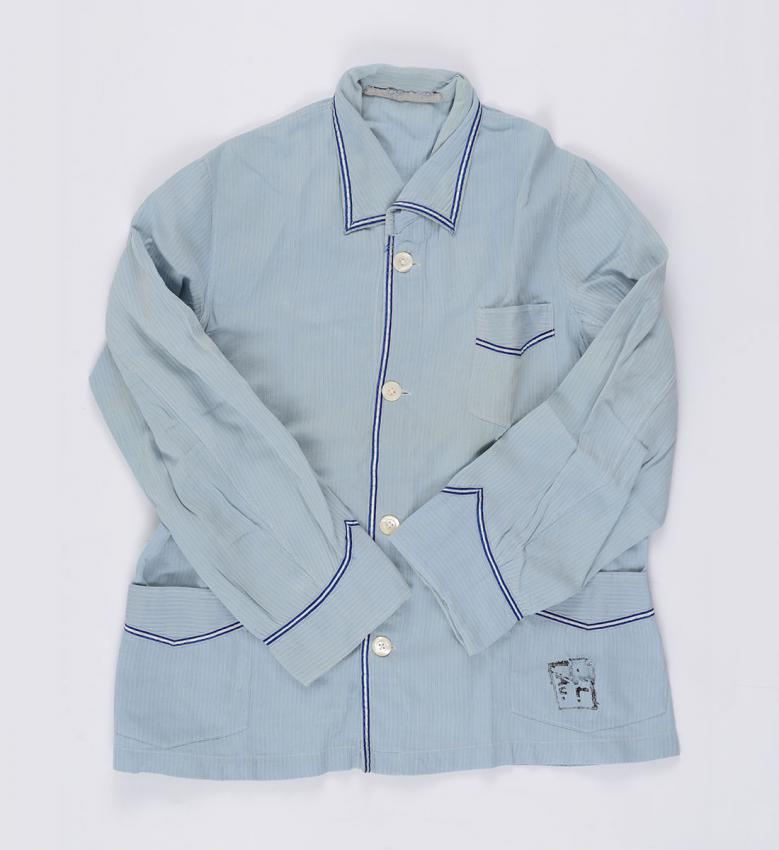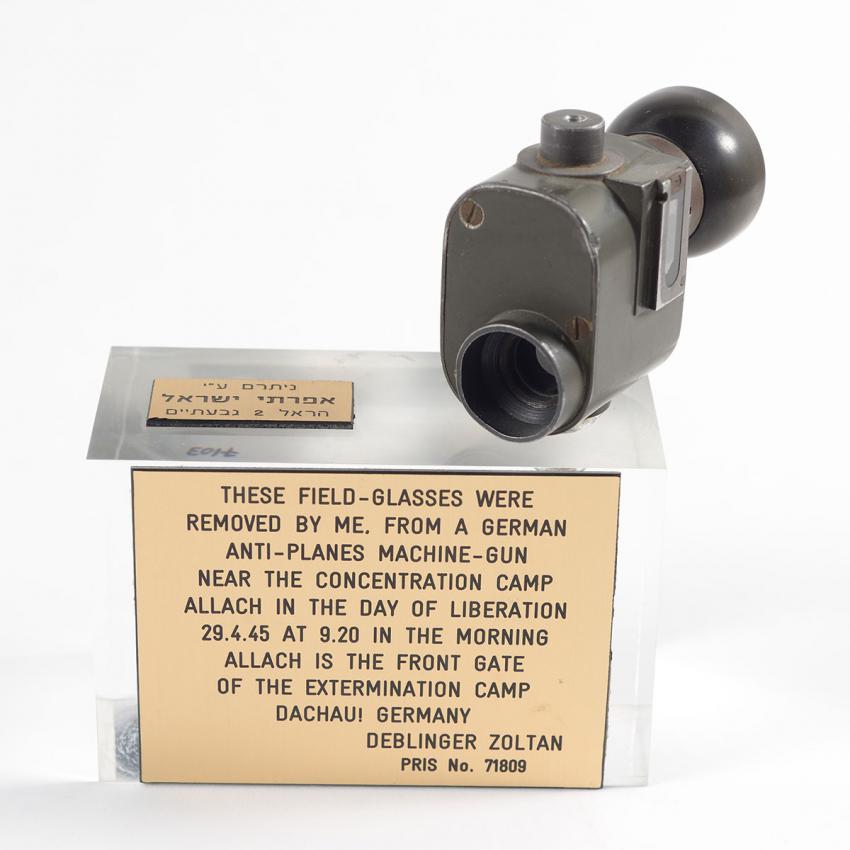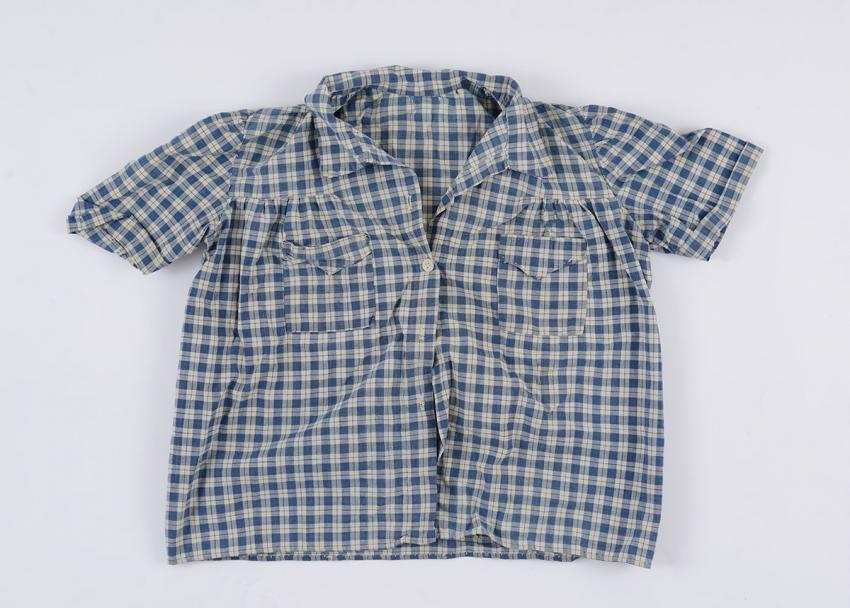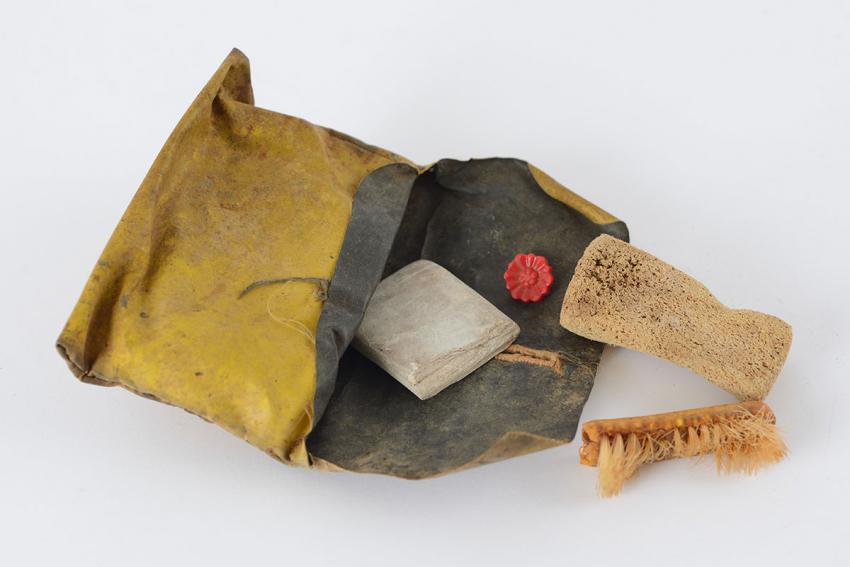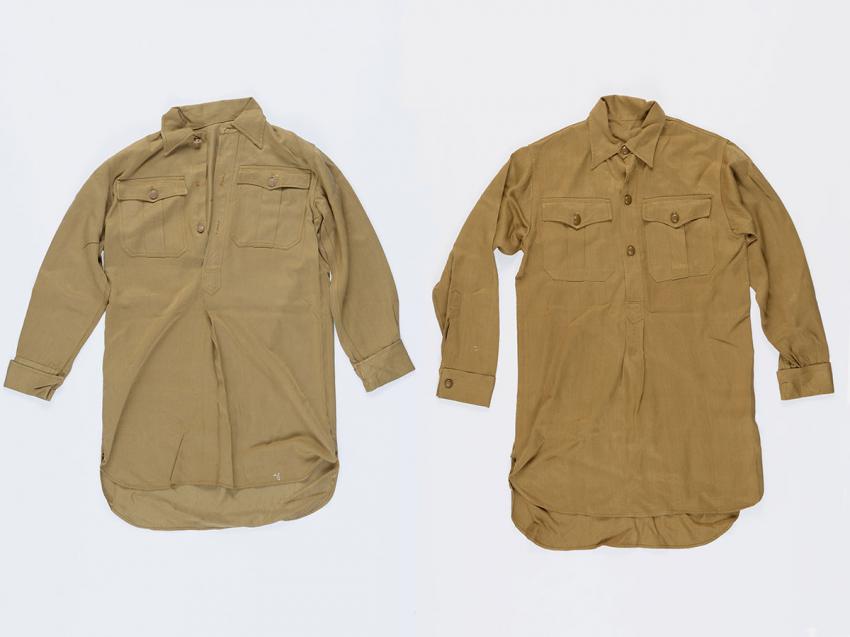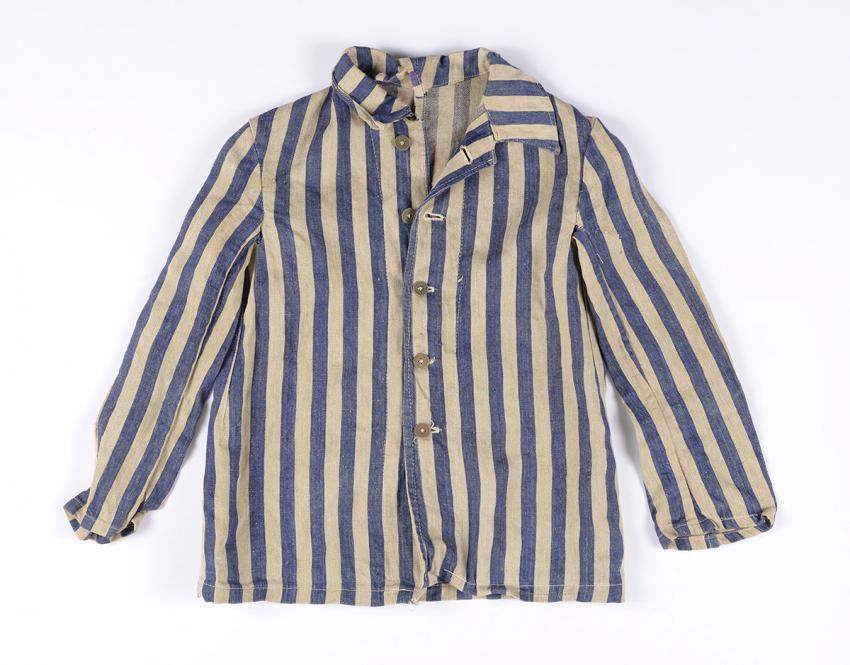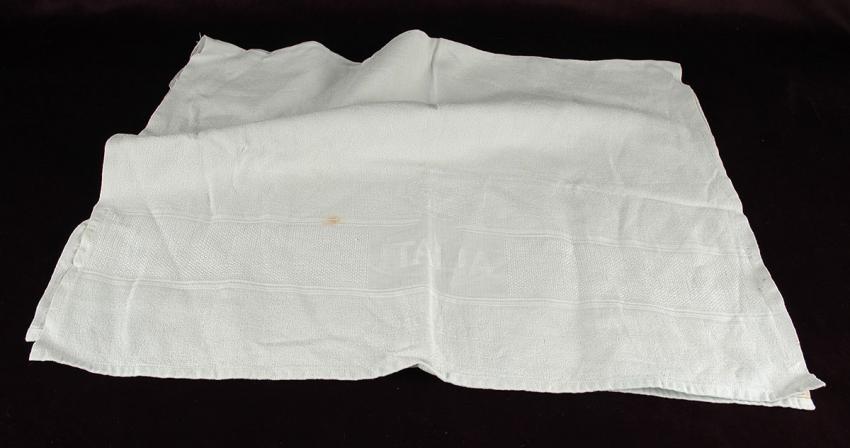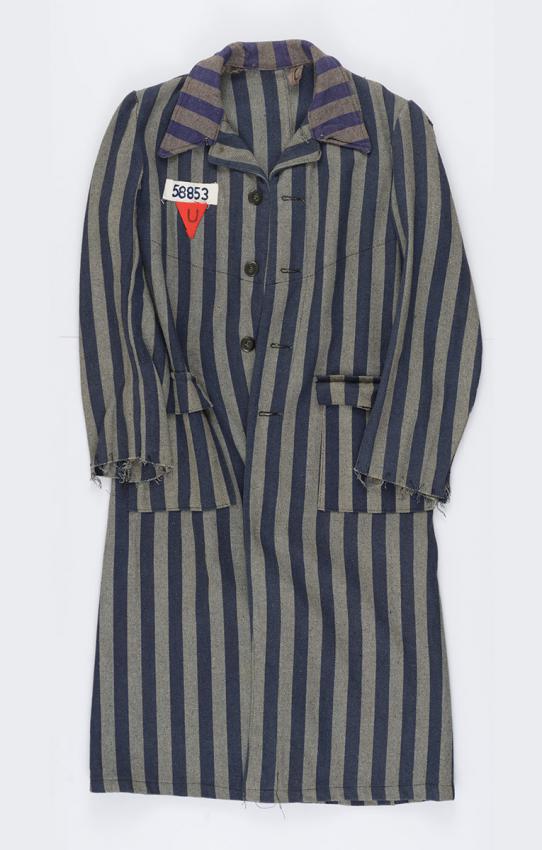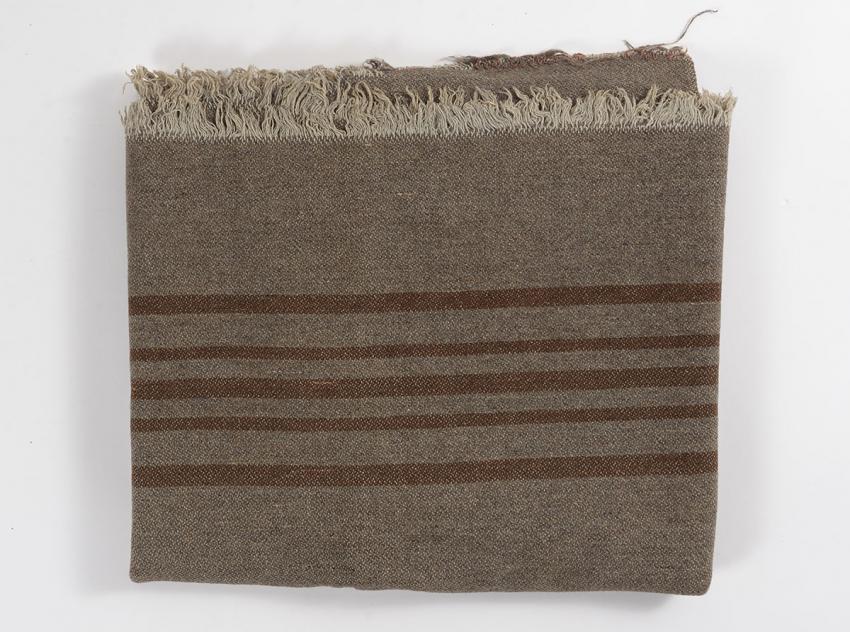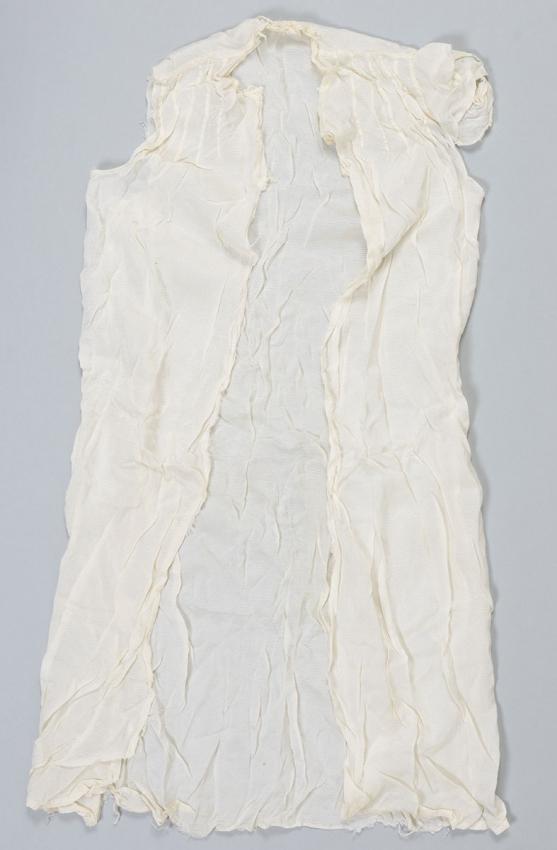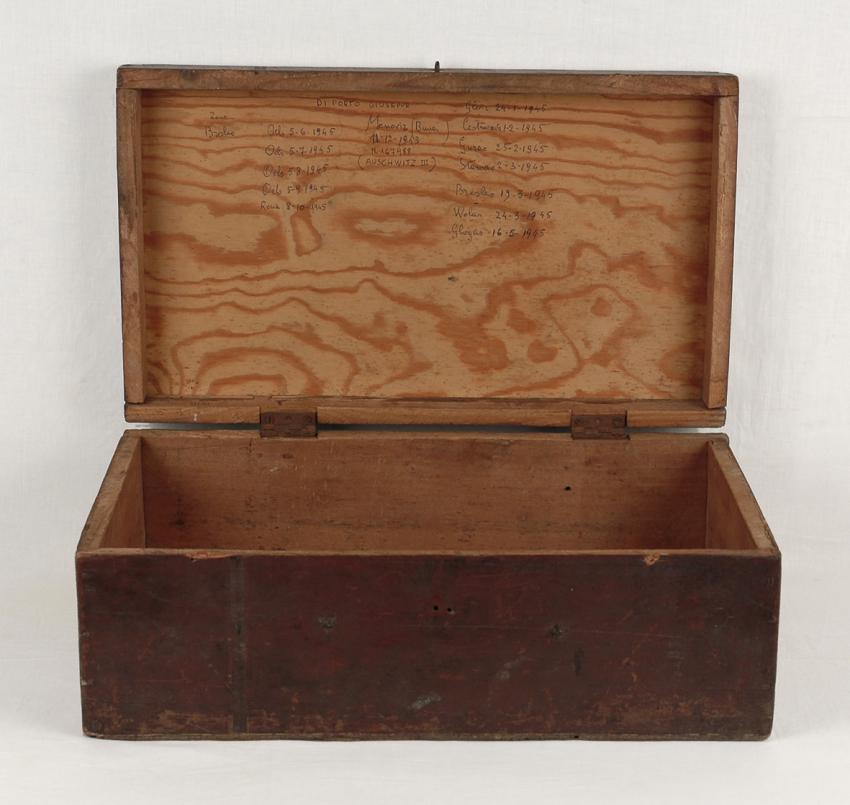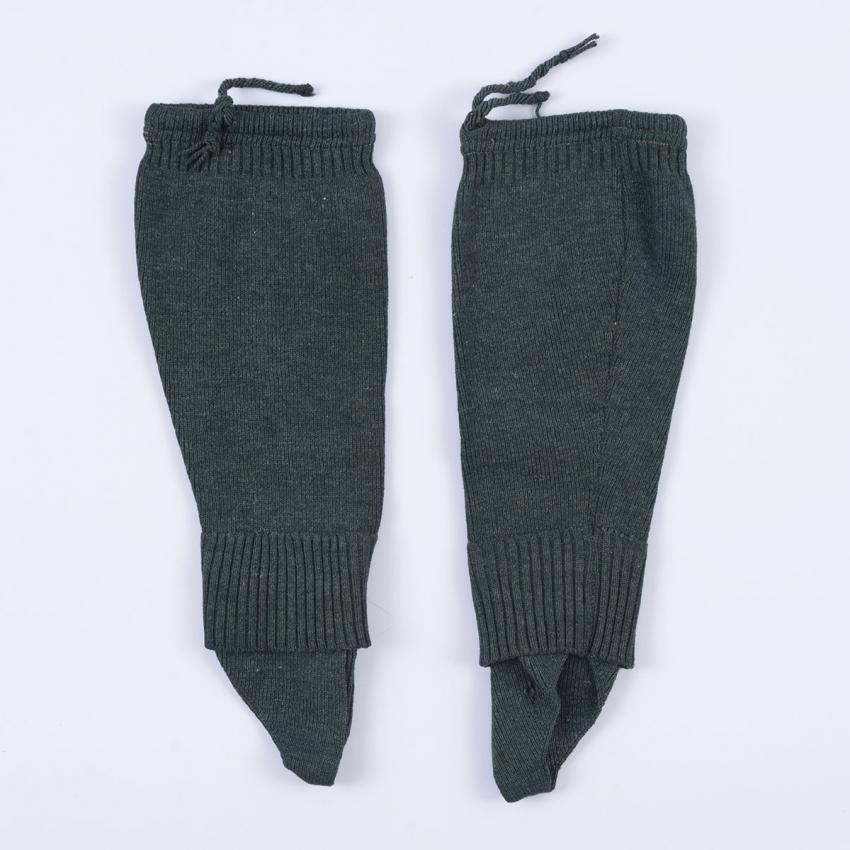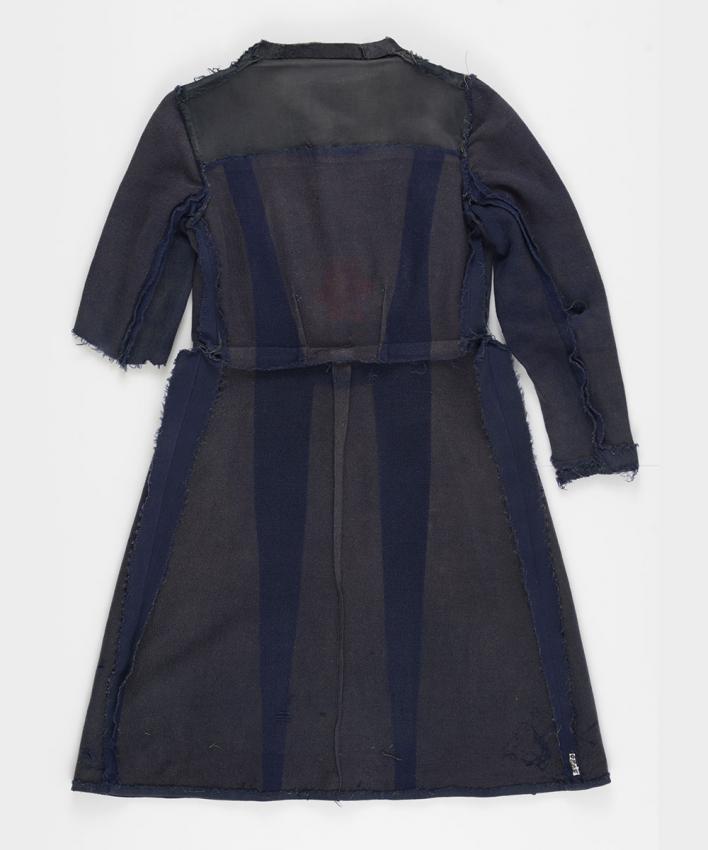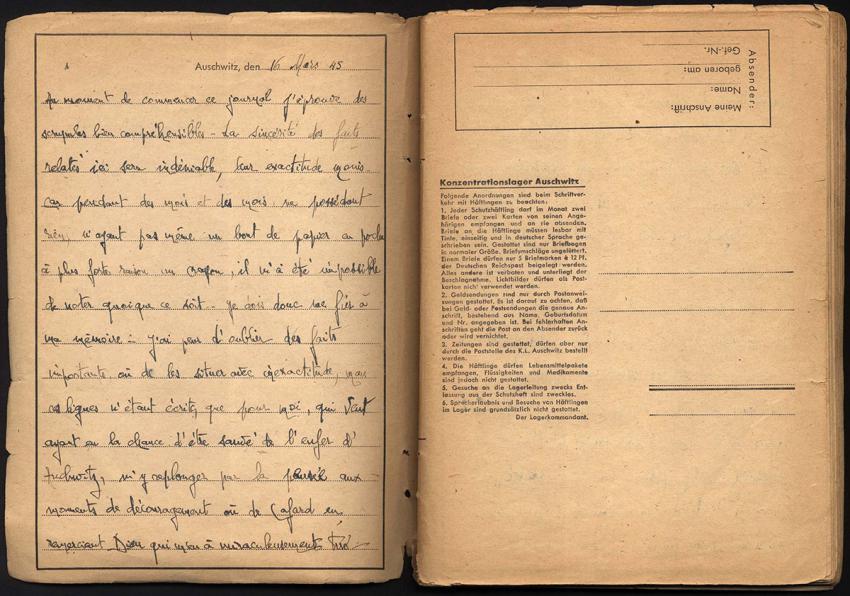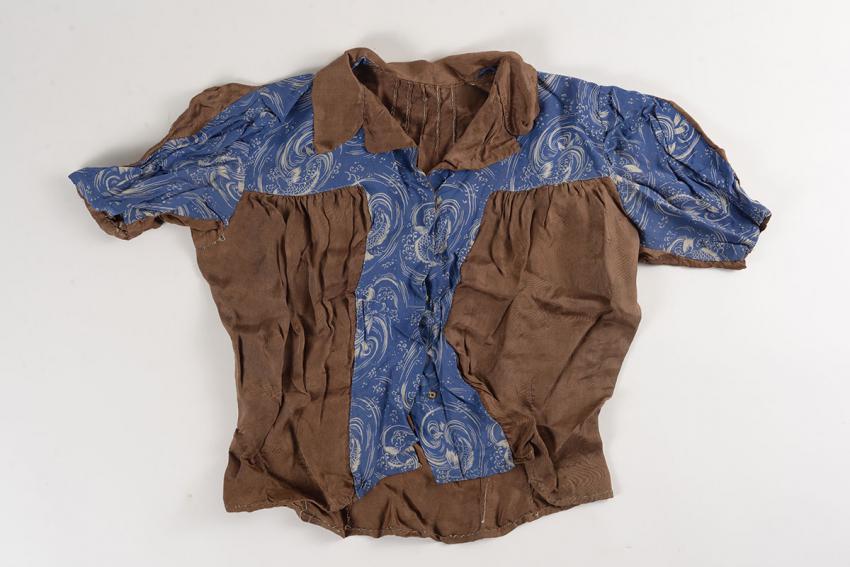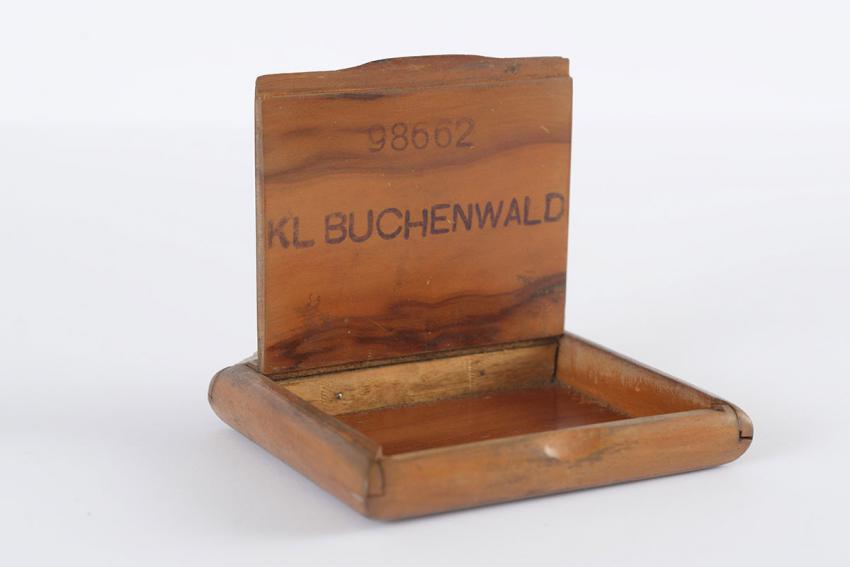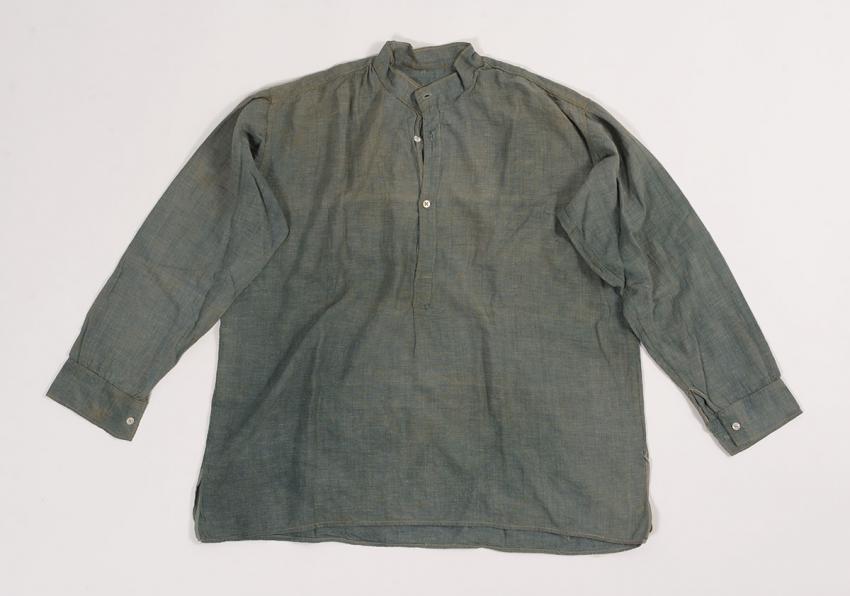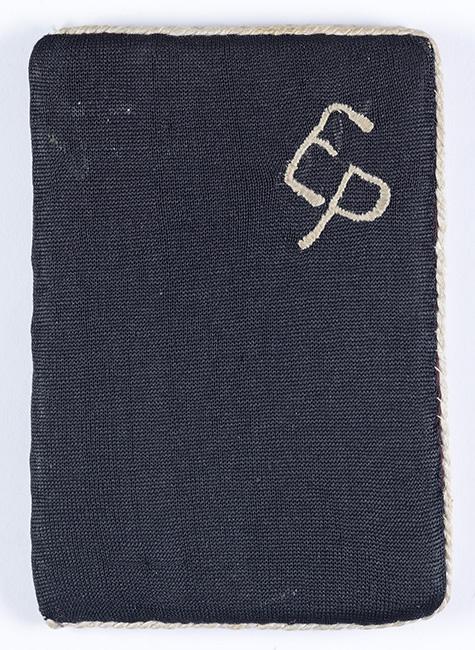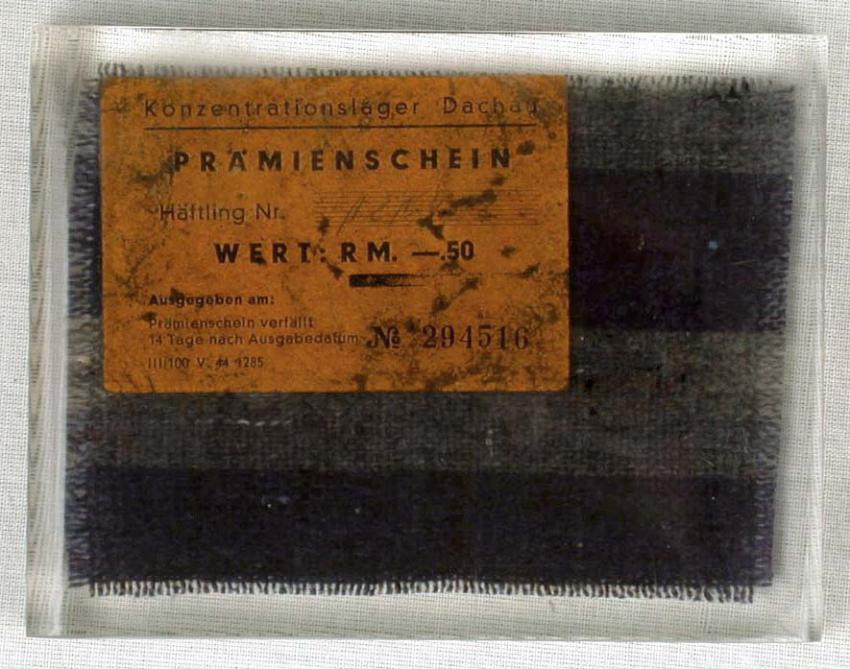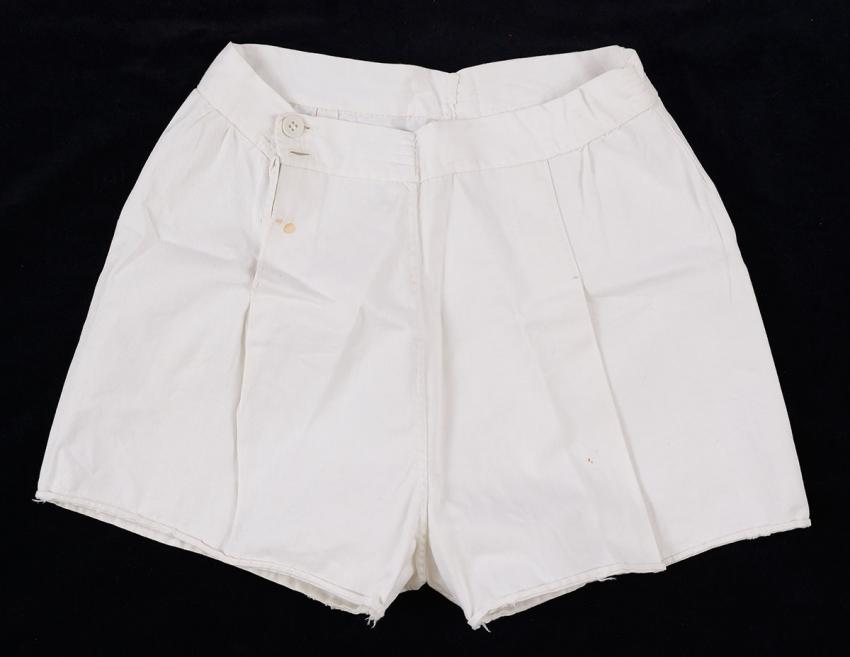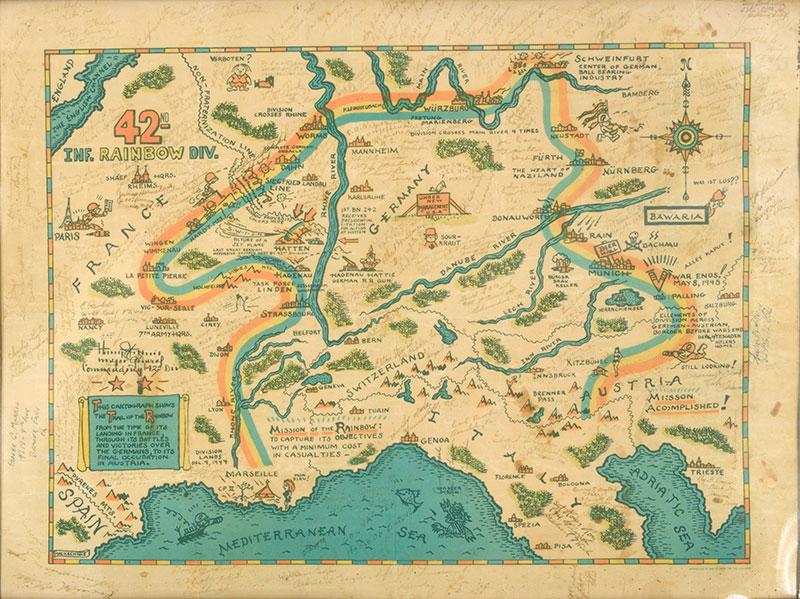"On 5 May 1945 the first American soldiers appeared at the gates of the camp… the sight of people who did not intend to kill or beat us, was so strange and amazing to us… A very heavy rain began to fall, I stood up and I began to cry. I cried, not because I remembered what I had endured, but because I realized that I had nowhere to go and that I was alone. I had nowhere to go and now I had to rebuild my life alone. I cried so hard. This was the first time that I had cried."
(Aryeh Mühlrad)
At the war's end, hundreds of thousands of Jews all over Europe were in poor physical condition and completely destitute. When they were liberated, most survivors owned nothing but the rags they were wearing.
As they recuperated physically, the survivors sought shirts, shoes, toothbrushes. These items were tremendously important to them as they restored the survivors' feelings of self-worth and dignity. With the help of these items, they felt they could return to society and leave behind a world in which the Nazis and their collaborators had attempted to rob them of their humanity and reduce them to numbers.
The first items the survivors picked up, received or created reflected the small human moments of their return to normal life and became symbols of their liberation. Several of these artifacts express the survivors' emotions when they were liberated after the hell that they had undergone. Others paint a picture of the atmosphere in the first days of liberation. Some of the items testify to the bond that was formed between the survivors and the soldiers who freed them, and all of them together create a mosaic that depicts the transformation from life under the terror of the Nazi regime to life as free human beings.
"I found one little Jew there, a red-headed Polish Jew, who was cooking potatoes using a German Army helmet… this was a sign of our liberation."
(Leo Goldner)




